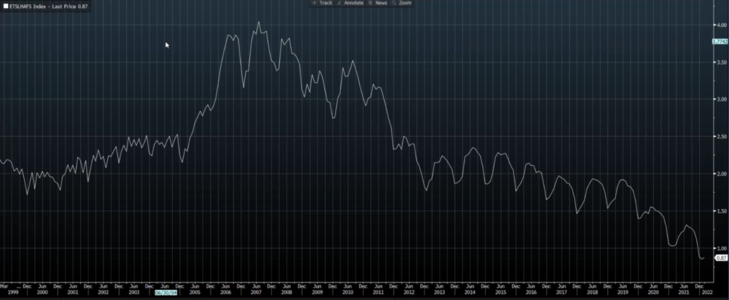paradisePWoffrd
Recovering Project Junkie
- Joined
- Nov 5, 2005
- Location
- Newton, NC
I've got a 800sq ft house drawn up that I would love to retire into. Easy to keep clean and would have an extra bedroom for grandkids. I really hope to downsize when the kids are grown and gone.
I have a rental, that was my 1st home, that is that size. I could see moving back there at some point, but it really needs a bigger lot. By that time, I might feel differently.








 ), just questioning the basis and pertinence of this calculation to begin with.
), just questioning the basis and pertinence of this calculation to begin with.